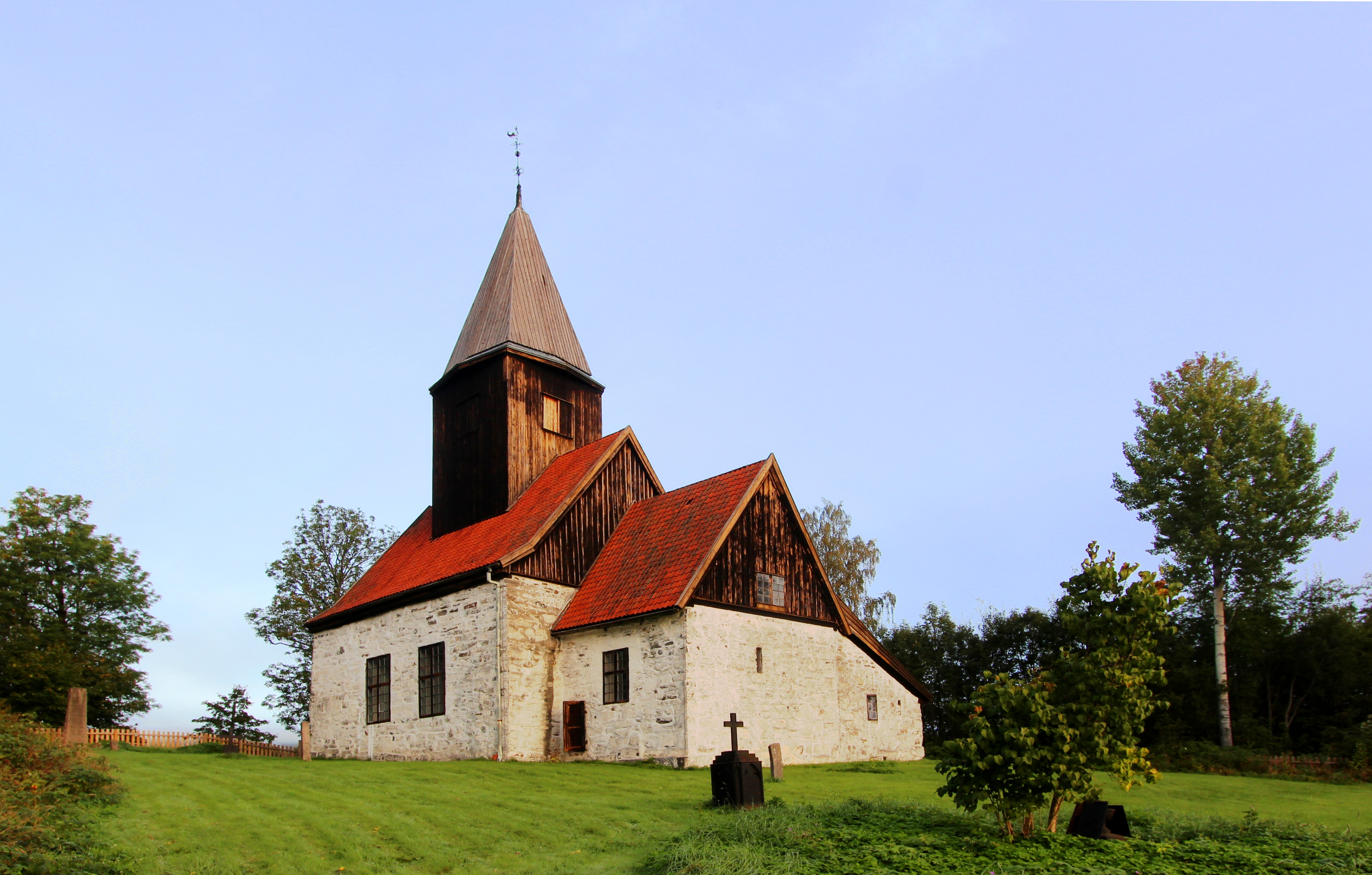Eiker on:
[Wikipedia]
[Google]
[Amazon]
Eiker is a traditional district in the

county
A county is a geographic region of a country used for administrative or other purposes Chambers Dictionary, L. Brookes (ed.), 2005, Chambers Harrap Publishers Ltd, Edinburgh in certain modern nations. The term is derived from the Old French ...
of Buskerud
Buskerud () is a former county and a current electoral district in Norway, bordering Akershus, Oslo, Oppland, Sogn og Fjordane, Hordaland, Telemark and Vestfold. The region extends from the Oslofjord and Drammensfjorden in the southeast to Ha ...
, Norway
Norway, officially the Kingdom of Norway, is a Nordic country in Northern Europe, the mainland territory of which comprises the western and northernmost portion of the Scandinavian Peninsula. The remote Arctic island of Jan Mayen and the ...
.
History
Eiker consists of themunicipalities
A municipality is usually a single administrative division having corporate status and powers of self-government or jurisdiction as granted by national and regional laws to which it is subordinate.
The term ''municipality'' may also mean the go ...
of Nedre Eiker
Nedre Eiker was a municipality in Buskerud county, Norway. It is part of the traditional region of Eiker. The administrative centre of the municipality is the village of Mjøndalen. The old municipality of Eiker was divided into ''Nedre Eiker ...
and Øvre Eiker
Øvre Eiker is a municipality in the traditional and electoral district Buskerud in Viken county, Norway. It is part of the traditional region of Eiker. The administrative centre of the municipality is the village of Hokksund. The old municipal ...
. The area is located in the southern part of Buskerud county.
Eiker is an agricultural area with a long history. The area was first inhabited around 8000 BC. During the early Viking Age
The Viking Age () was the period during the Middle Ages when Norsemen known as Vikings undertook large-scale raiding, colonizing, conquest, and trading throughout Europe and reached North America. It followed the Migration Period and the Germ ...
, Eiker was the western extension of the kingdom of Vingulmark
Vingulmark (Old Norse ''Vingulmörk'') is the old name for the area in Norway which today makes up the counties of Østfold, western parts of Akershus (excluding Romerike), and eastern parts of Buskerud (Hurum and Røyken municipalities), and inclu ...
. Somewhat later, it became part of the kingdom of Vestfold
Vestfold is a traditional region, a former county and a current electoral district in Eastern Norway. In 2020 the county became part of the much larger county of Vestfold og Telemark. Located on the western shore of the Oslofjord, it bordered t ...
.
The parish of ''Eker'' was established as a municipality on January 1, 1838 (see formannskapsdistrikt). It was divided into Nedre Eiker
Nedre Eiker was a municipality in Buskerud county, Norway. It is part of the traditional region of Eiker. The administrative centre of the municipality is the village of Mjøndalen. The old municipality of Eiker was divided into ''Nedre Eiker ...
and Øvre Eiker
Øvre Eiker is a municipality in the traditional and electoral district Buskerud in Viken county, Norway. It is part of the traditional region of Eiker. The administrative centre of the municipality is the village of Hokksund. The old municipal ...
on July 1, 1885.

Fiskum Old Church
Fiskum Old Church (''Fiskum gamle kirke'') is located inØvre Eiker
Øvre Eiker is a municipality in the traditional and electoral district Buskerud in Viken county, Norway. It is part of the traditional region of Eiker. The administrative centre of the municipality is the village of Hokksund. The old municipal ...
near the village of Darbu. It is a medieval era
In the history of Europe, the Middle Ages or medieval period lasted approximately from the late 5th to the late 15th centuries, similar to the post-classical period of global history. It began with the fall of the Western Roman Empire a ...
, Romanesque church dating from approximately 1200 A.D. The church was dedicated to Saint Olav
Olaf II Haraldsson ( – 29 July 1030), later known as Saint Olaf (and traditionally as St. Olave), was King of Norway from 1015 to 1028. Son of Harald Grenske, a petty king in Vestfold, Norway, he was posthumously given the title '' Rex Per ...
. Fiskum Old Church was constructed in a rectangular shape and has 150 seats. The church was built of stone fracture in lime mortar and plastered inside. After the Protestant Reformation
The Reformation (alternatively named the Protestant Reformation or the European Reformation) was a major movement within Western Christianity in 16th-century Europe that posed a religious and political challenge to the Catholic Church and ...
, Fiskum Church came under Haug Church at Haugsbygd
Haugsbygd (formerly known as ''Vangsbygd'' and ''Vangsfjerdingen'') is a village in Ringerike municipality, northeast of the center of Hønefoss, in Buskerud, Norway.
Location
The village is known for its billowing landscape and is located a ...
. In 1866 the new Fiskum Church was built and the old church no longer had any official function. Externally, the church has preserved much of its medieval appearance. Inside the church reflects an expansion dating from the 17th century.
Etymology
TheOld Norse
Old Norse, Old Nordic, or Old Scandinavian, is a stage of development of North Germanic dialects before their final divergence into separate Nordic languages. Old Norse was spoken by inhabitants of Scandinavia and their overseas settlemen ...
form of the name was ''Eikjar''. The name is the plural form of ''eik'' which means oak. Haugen, Einar (1967) Norwegian-English Dictionary (University of Wisconsin Press)
References
Other sources
*''Fiskum Old Church'' (Ringerike-Drammen District Lag. Volume 24, No.1, February 2010) {{Authority control Districts of Viken Former municipalities of Norway Øvre Eiker